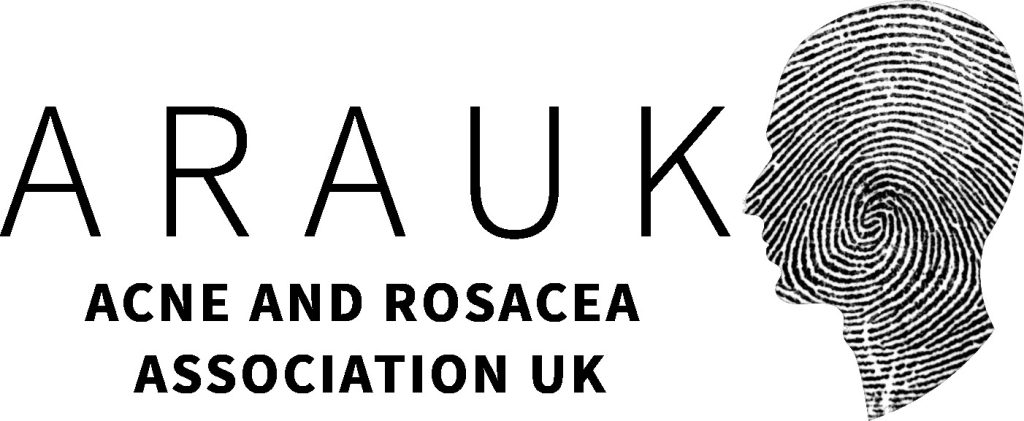What is SPF?
SPF means Sun Protection Factor, these are products that protect against damaging rays from the sun. We advise you apply SPF after a moisturiser (if used) and before make-up.
Is My Tan Worth It?
UV radiation is the energy provided from the sun. There are 2 types of UV rays proven to damage our skin, UVA and UVB. UVA rays have a longer wavelength and cause are skin to age, whilst UVB has a shorter wavelength and is more associated with burning. Think UVA- A for ageing and UVB- B for burning.
When we expose our skin to these rays, damage can occur in our skin cells. This can cause our DNA to become mutated. Our skin can repair damage, however the longer you are exposed, the harder it becomes to repair.
UVA rays break down collagen fibres – the building blocks for our skin. As we age our collagen levels naturally decrease however external factors such as sun exposure are responsible for 90% of our ageing!

As well as causing our skin to age we risk Skin Cancers such as Basal Cell Carcinoma and Squamous Cell
Carcinoma. These skin cancers are found to be directly caused by sun exposure and are often found on sun exposed areas of the body.
What to look for in SPF
- Broad Spectrum – A good SPF will have broad spectrum protection, protecting against both UVA and UVB rays. Some SPFs will only protect against UVB rays, it is important to look for the phrase ‘broad spectrum’ as the SPF number relates only to UVB protection.
- SPF Number – SPFs are marketed with their ‘factor’, this is a measure of UVB protection only. The factor ‘number’ is important. This number is based on the amount of time it would take your skin to redden without protection. For example if you used SPF30, as long as it is thoroughly applied, it would take 30 times longer for your skin to redden than it would if you had no protection on. This number is the amount of protection that SPF provides from UVB rays. We advise SPF 30 for everyday use however in hotter climates or after skin treatments, this should be increased to SPF 50.
- Zinc Oxide – A mineral ingredient that provides the highest protection. It can vary in strength in each SPF that includes it, some companies only use a very small amount. It is important to look at the ingredients list, the higher amount of an ingredient the closer it will be to the top.
- Chemical VS Physical – Physical SPFs are made up of natural mineral ingredients such as Zinc Oxide. They sit on the surface of the skin, reflecting UV rays away from the skin preventing damage. Physical SPFs provide better protection for our skin as you are instantly protected after application. Chemical SPFs are made up of chemical ingredients. They absorb UV rays into the skin and convert them to non damaging rays. They are often in moisturisers with added SPF. They take 20-40 minutes to work, so it’s important to wait before sun exposure. Most cheaper over the counter products are chemical only SPFs.
Why Should I Wear SPF Daily?
Damaging rays from the sun are present even when the sun isn’t shining. By wearing broad spectrum SPF daily, you are protecting your skin from both UVA and UVB rays.
My Make Up Has SPF….
Unfortunately SPF in Moisturisers and Make Up are not reliable. You would have to apply a lot of product to achieve the true SPF value, a lot more than what you would apply on a daily basis. You need to apply an SPF product separately to your moisturiser and make up.
How Much Do I Need to Apply?
You need to apply 2 milligrams of SPF per square centimetre of skin. Often not enough SPF is being applied to the skin, this results in burning and eventually damage to our skin cells. SPF needs to be reapplied every 2 hours when exposed to the sun in order for it to provide enough protection.





